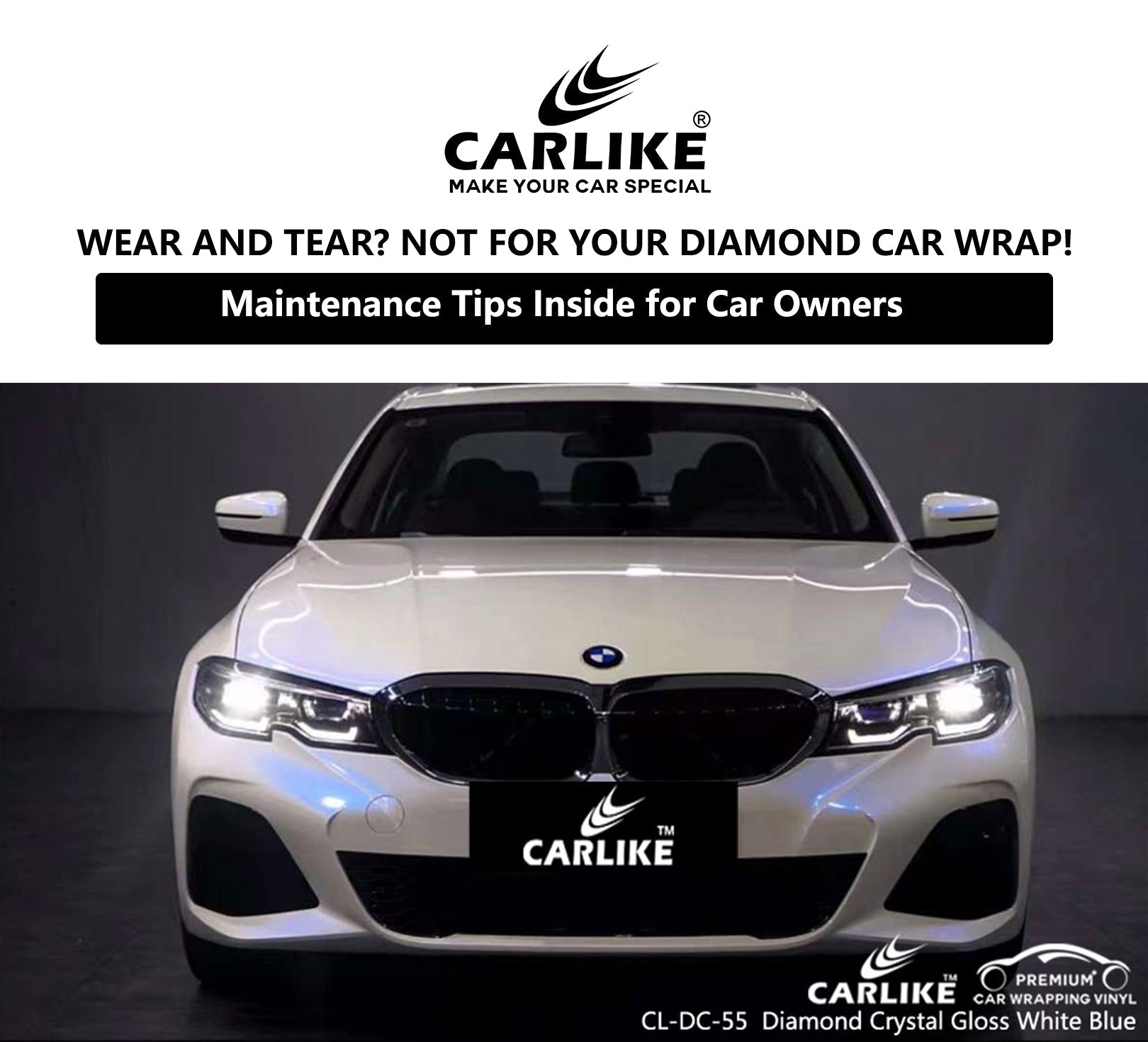Composition of Paint Protection Film (PPF)
Understanding how paint protection film (PPF) works involves delving into its composition and application process to grasp the science behind this protective barrier.
Paint protection film (PPF) is typically made of multiple layers, each serving a specific purpose:
1. Top Coating: The topmost layer is the clear coat, which is usually made of a urethane material. This layer is essential for providing scratch resistance and self-healing properties.
2. Adhesive Layer: Below the clear coat, there is an adhesive layer that ensures the film sticks firmly to the car's surface. The adhesive is carefully formulated to be strong enough to hold the film securely while remaining removable without damaging the paint beneath.
3. Polyurethane Layer: The central part of the film comprises a layer made of thermoplastic polyurethane (TPU), known for its robustness and capacity to absorb impacts effectively.
How Paint Protection Film Works
When paint protection film (PPF) is applied to a car's surface, it adheres tightly to the paint, creating a protective barrier between the external elements and the vehicle's finish. Here's how it works:
1. Shielding against Scratches and Chips: The TPU layer absorbs the impact of small debris, stones, and road hazards, preventing them from directly hitting the car's paint. This absorption capability minimizes the risk of scratches, swirl marks, and chips that can be caused by everyday driving.
2. Self-Healing Properties: One of the remarkable features of PPF is its self-healing ability. The clear coat layer on the top has a memory effect, which means it can "heal" minor scratches and swirl marks when exposed to heat, such as from the sun or hot water. The clear coat essentially returns to its original form, making the scratches less visible or disappear entirely.
3. Protection from Environmental Hazards: PPF acts as a barrier against environmental contaminants like bird droppings, tree sap, and road salts. These substances can cause chemical etching and stains on the car's paint, but PPF prevents them from making direct contact with the surface.
4. UV Resistance: PPF has UV inhibitors in its composition, safeguarding the car's paint from the damaging effects of ultraviolet (UV) rays. UV rays can cause paint fading and oxidation over time, but PPF helps preserve the paint's original color and finish.
5. Maintaining Aesthetic Appeal: The transparent nature of PPF allows the car's original paint color and shine to remain visible, so the protective film is virtually unnoticeable when applied correctly.
By forming this protective layer, paint protection film maintains the appearance and condition of a vehicle's paint, preserving its beauty and value over time. Car owners benefit from a long-lasting shield that keeps their investment looking pristine while reducing the need for paint repairs and refinishing.


What is the cost for Paint Protection Film?
The cost of Paint Protection Film can vary depending on several factors such as the size and complexity of the vehicle, the type and quality of the vinyl material, the design and graphics required, and the experience and location of the installer.
Here you can get the price for some hot selling car wrapping vinyl price:
FAQ for Paint Protection Film?
Q: What is Paint Protection Film (PPF)?
A: Paint Protection Film, commonly known as PPF, is a transparent and durable film applied to a vehicle's painted surfaces to safeguard them from various types of damage, such as scratches, chips, and environmental hazards.
Q: How does PPF protect a car's paint?
A: PPF forms a physical barrier over the paint surface, acting as a shield against scratches, road debris, bird droppings, UV rays, and other contaminants. Its durable and self-healing properties help maintain the paint's pristine appearance.
Q: Can PPF prevent paint chips caused by road debris?
A: Yes, PPF's thermoplastic polyurethane layer is designed to absorb impacts from road debris and prevent them from reaching the vehicle's paint, reducing the likelihood of paint chips.
Q: Is PPF removable, and will it damage the paint upon removal?
A: PPF is generally removable, and when installed correctly and removed by professionals, it should not cause any damage to the underlying paint. However, removal techniques and the quality of the installation can affect the outcome.
Q: Can I apply PPF to my car myself, or should I seek professional installation?
A: While DIY kits are available, professional installation is recommended for the best results. Professional installers have the expertise and tools to ensure precise application without bubbles or wrinkles.
Final Words
In conclusion, understanding how Paint Protection Film (PPF) works empowers car owners to drive fearlessly, knowing their prized vehicles are shielded against the rigors of the road. This transparent and durable film forms an invisible armor, safeguarding the car's paint from scratches, chips, UV rays, and environmental hazards. With its self-healing capabilities and ability to absorb impacts, PPF preserves the car's pristine appearance and maintains its long-term value. Professional installation ensures a flawless finish, allowing the car's original color and shine to shine through without compromise. Embrace the power of paint protection film, and embark on a journey where your car stays protected, and you drive with utmost confidence and peace of mind. Drive fearlessly, knowing that your investment is secured with the magic of Paint Protection Film.








